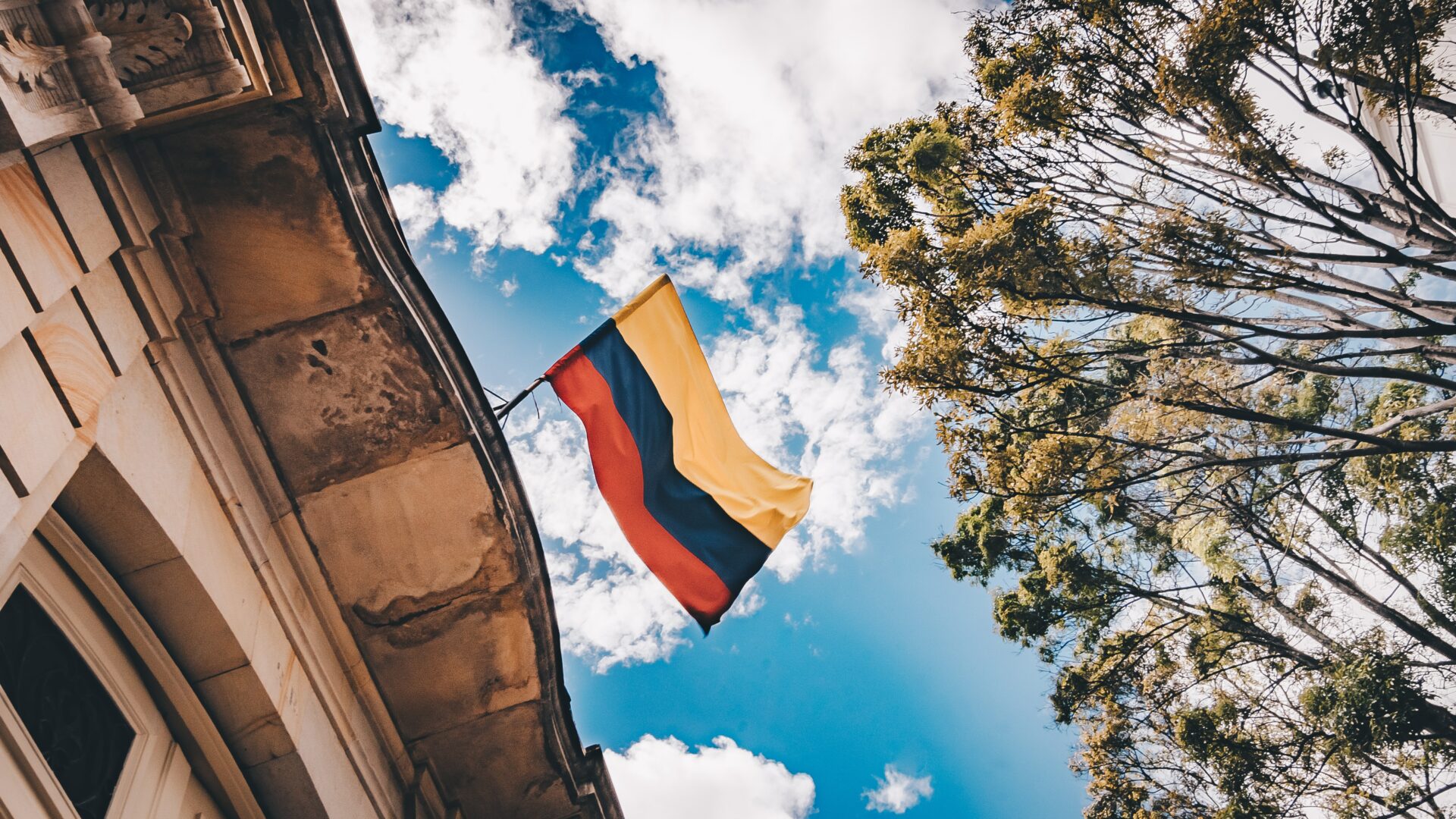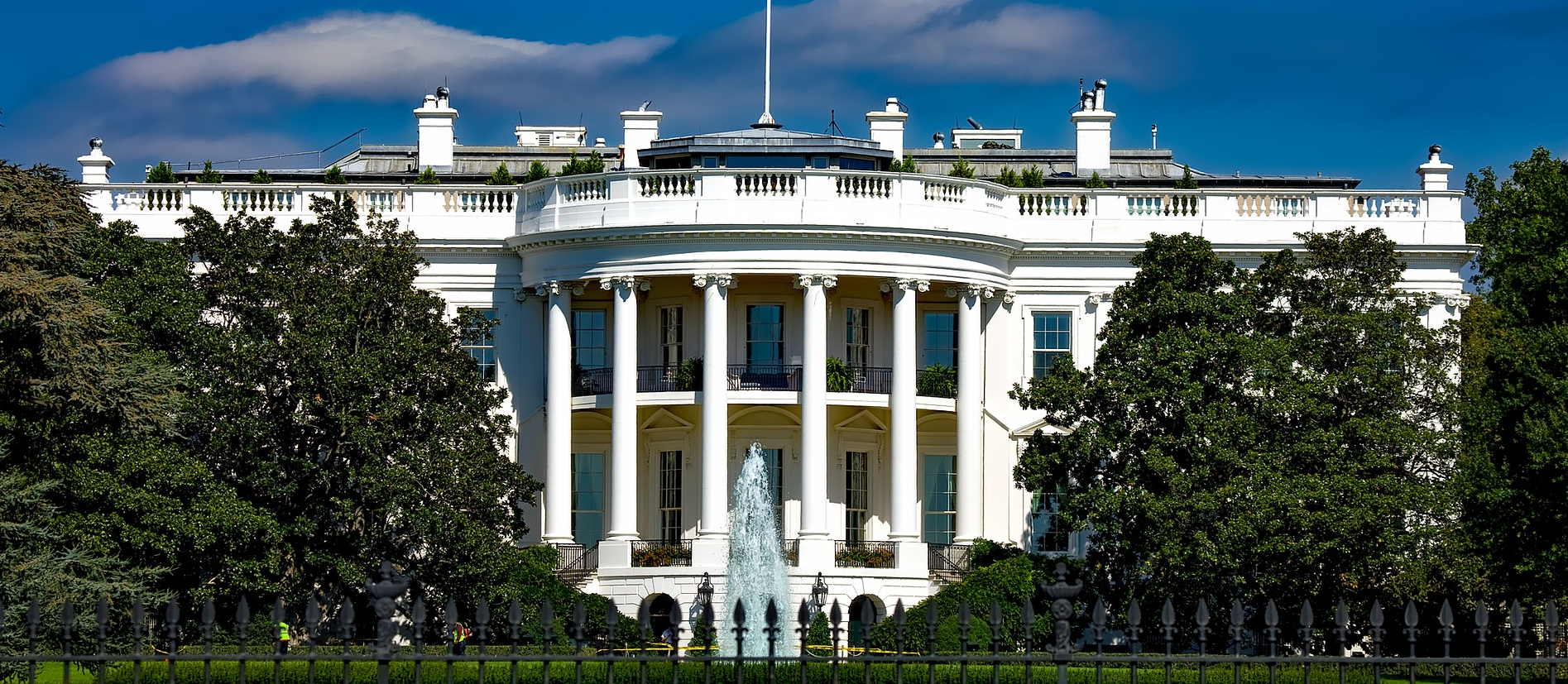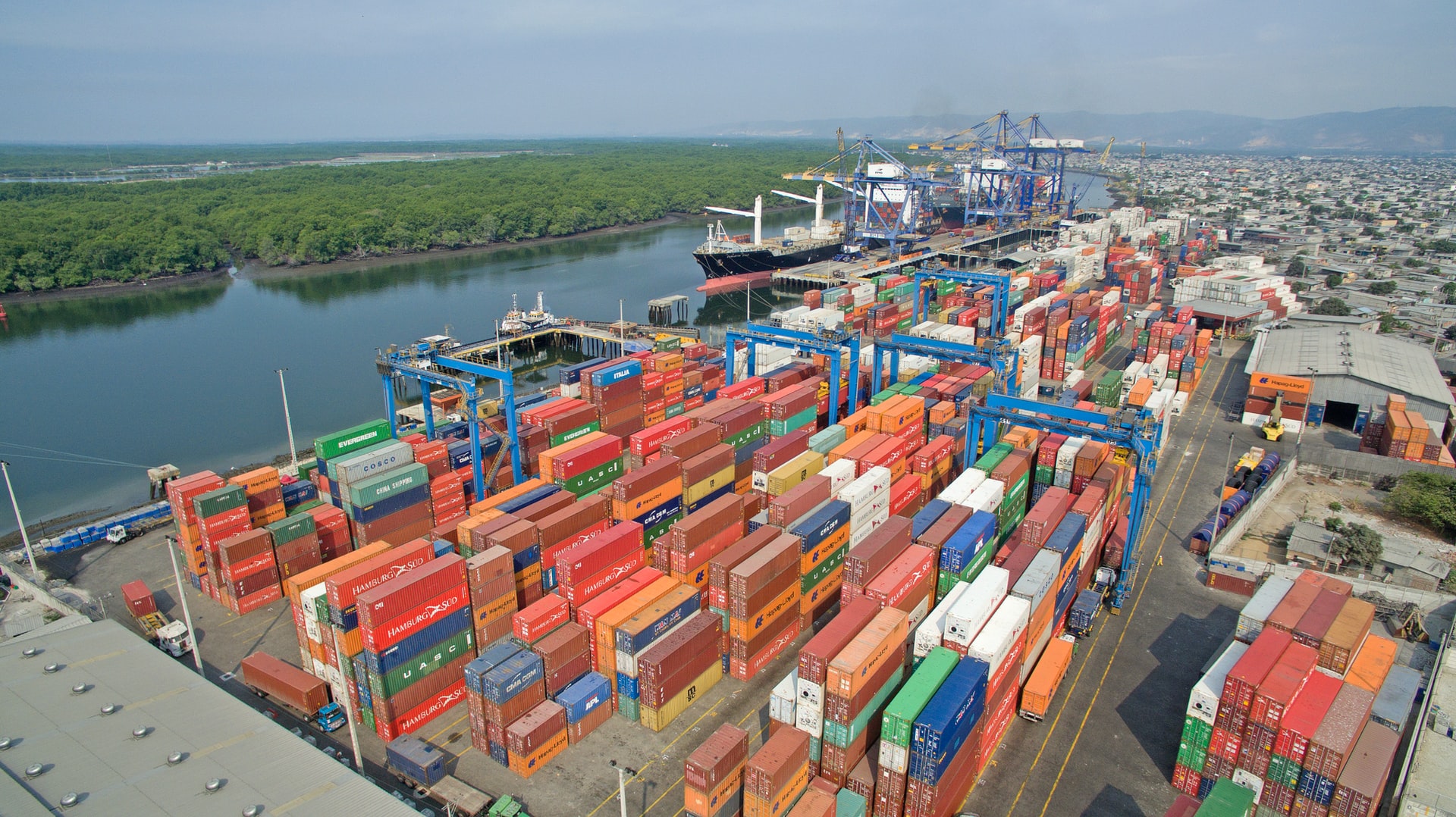A Look Into the Impact Investment Ecosystem in Colombia
Colombia is a post-conflict country reeling from decades of violence. But something unexpected happened: The armed conflict pushed the country’s leaders to excel in innovation and technological advancement, which led to Medellín being crowned the most innovative city in the world in 2013.
Now, Colombia is earning another title: The impact investment headquarters in LATAM. In other words, investments to generate positive, measurable social and environmental impact alongside a financial return are taking Colombia by storm.
But why is this term—originally coined by the Rockefeller Foundation in 2007—suddenly becoming so popular in Colombia in 2022? Let’s explore.
A Growing Hub for International Events
Between 24–27 of April this year, the first Latimpacto conference took place in Cartagena de Indias, Colombia. More than 300 people from around the world registered, aiming to connect with and learn from like-minded impact leaders to increase capital for social and environmental impact across LATAM.
Latimpacto was established in 2020 to emulate its sister organizations’ venture philanthropy work in Europe (EVPA), Asia (AVPN), and Africa (AVPA). This is just the beginning of impact investment conferences in Colombia, especially as, since 2018, the country boasts more than 800 organizations registered as Benefit and Collective Interest Societies, with a social or environmental purpose.
Latimpacto clearly focuses on biodiversity losses and migration-related inequality—the main challenges in the region—and provides a safe, culturally vibrant space for open conversations.
Innovation From Informal Settlements
Around 28% of Colombia’s urban population live in comunas (informal settlements). And despite an urgent need for investments, public funds are often insufficient to rejuvenate local comunas.
The Global Steering Group for Impact Investment (GSG) stated in their report Informal Settlements: No Longer Invisible that investors have largely overlooked informal settlements. However, they feel there’s huge potential to transform “urban liabilities” into assets through impact investment. GSG suggests adapting existing financial instruments, like green, social, and sustainability bonds, “to channel private capital investment into informal settlements.”
In fact, Colombia is one of the many Latin American examples where social entrepreneurship is arising from some of the most marginalized communities. These successful entrepreneurs often operate in volatile and fragile environments, so they are used to continuously adjusting, and are well-equipped to tackle the world’s greatest challenges.
Indigenous Communities’ Involvement
Across Colombia, it is clear that more and more social investment is going into provinces, such as Cauca, where indigenous communities have historically been targets for gang and rebel violence—and this shift of national and international investment is reaping the rewards.
For example, Acumen, an international non-profit venture fund, teamed up with Cacao Hunters, an enterprise promoting heirloom varieties of cacao in indigenous and post-conflict regions.
This enterprise built a successful partnership with the Arhuacos, an indigenous community in the Sierra Nevada, over a four-year period. Their plan? To reintroduce white cacao, a forgotten sacred fruit once used in ancient rituals, to produce some of the finest varieties of cocoa in the world, dignify the lives of farmers, and promote a culture of sustainable agriculture.
“The patience and trust-building built a level of confidence that is rare when dealing with power dynamics that have been assumed unequal,” said Jacqueline Novogratz, founder and CEO of Acumen, when talking about the process of working with indigenous groups.
Cacao Hunters also partnered with the go-to Colombian chain restaurant, Crepes and Waffles: They sell high-quality chocolate to this restaurant to use in their ice cream, so the farmers receive a fair wage while elites who have income to spend buy the ice cream. It’s a model that can scale significantly.
These kinds of partnerships are expected to increase in Colombia now that Gustavo Petro, the first leftist president, is in power. Three social leaders from indigenous communities will hold key positions in the Colombian State, and Petro’s symbolic ceremony was full of indigenous people, Afro-descendants, and campesinos (rural farmers).
“The government of nobodies” will hopefully continue to see the value of these market collaborations and impact investment.



